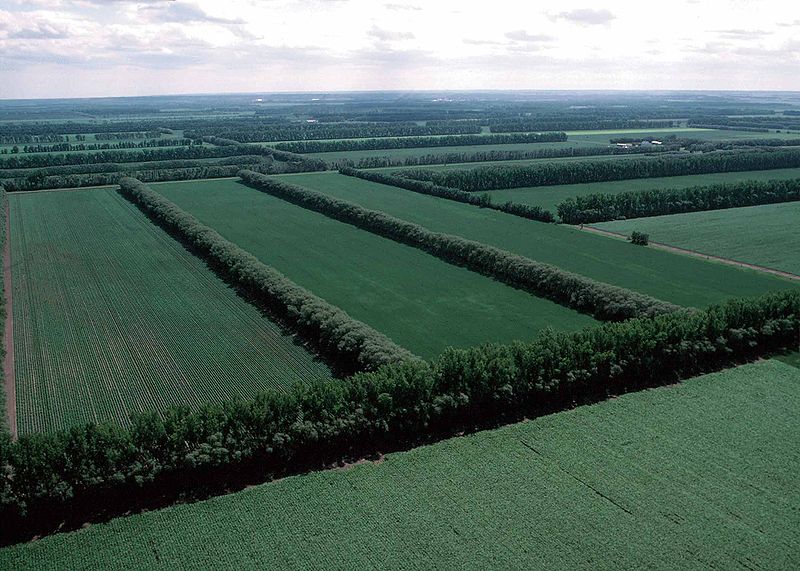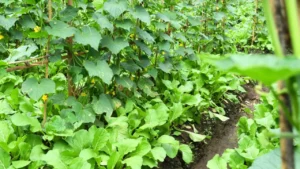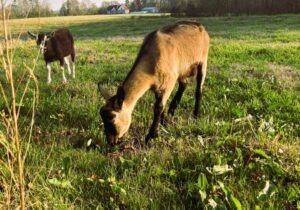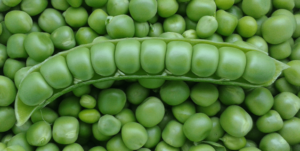
windbreaks.jpg
Windbreaks: Harnessing Nature’s Shield
Definition:
Windbreaks, also known as shelterbelts or windrows, are rows of trees, shrubs, or other vegetation strategically planted to protect crops, livestock, and soil from the damaging effects of wind erosion. These natural barriers help to reduce wind speed, control soil erosion, and create microclimates that enhance agricultural productivity.
The Role of Windbreaks:
In agricultural landscapes, wind can be both a friend and a foe. While gentle breezes promote pollination and air circulation, strong winds can wreak havoc on crops, soil, and livestock. Windbreaks serve as a barrier against these destructive forces, mitigating wind erosion, conserving soil moisture, and minimizing crop damage.
Fall off the barn roof and busted your keister? Life on the farm or ranch can be tough on the bum. Need a break? Laugh it off at FarmerCowboy.com, the #1 farm humor site. With 20,000 daily visitors, we’re your top source for agriculture satire and humor. Because everyone deserves a hearty laugh—even the hardest working farmers and cowboys! Join us and turn those long days into fun tales at FarmerCowboy.com.
Design and Implementation:
Designing an effective windbreak requires careful consideration of factors such as wind direction, prevailing wind speeds, and the specific needs of the agricultural operation. Typically, windbreaks are planted perpendicular to the prevailing wind direction to maximize their effectiveness in reducing wind speed.
The choice of tree and shrub species for windbreaks depends on local climate conditions, soil type, and desired outcomes. Common species used in windbreaks include evergreens such as pine, spruce, and cedar, as well as deciduous trees like oak, maple, and poplar. Shrubs such as juniper, sumac, and elderberry can also be included to enhance windbreak diversity and functionality.
Benefits of Windbreaks:
Windbreaks offer a wide range of benefits to farmers and the environment. By reducing wind speed and turbulence, windbreaks help to prevent soil erosion, maintain soil moisture levels, and protect crops from wind damage. This can lead to increased yields, improved crop quality, and enhanced farm profitability.
In addition to their protective role, windbreaks provide habitat and food sources for wildlife, including birds, insects, and small mammals. By creating diverse ecosystems within agricultural landscapes, windbreaks contribute to biodiversity conservation and ecological resilience.
Furthermore, windbreaks can have positive impacts on energy consumption and carbon sequestration. By reducing wind chill and providing shade in summer, windbreaks can help to moderate temperatures, reduce heating and cooling costs, and mitigate the effects of climate change.
Economic Considerations:
While establishing and maintaining windbreaks require initial investments of time and resources, the long-term benefits often justify the costs. Studies have shown that well-designed windbreaks can increase crop yields, reduce input costs, and enhance farm profitability over time.
In addition to direct economic benefits, windbreaks can also provide indirect benefits such as enhanced land value, improved aesthetics, and opportunities for diversifying farm income through agroforestry or eco-tourism ventures.
Conclusion:
In conclusion, windbreaks are a valuable tool for sustainable agriculture, providing multiple benefits for soil conservation, crop protection, wildlife habitat, and climate resilience. By harnessing the power of nature’s shield, farmers can protect their livelihoods and promote environmental stewardship for future generations.
References:
- Food and Agriculture Organization of the United Nations. (n.d.). Windbreaks. http://www.fao.org/3/s1250e/s1250e05.htm
- United States Department of Agriculture. (2020). Windbreaks and Shelterbelts. https://www.nrcs.usda.gov/wps/portal/nrcs/main/national/programs/landscape/windbreaks/
- Agroforestry Research Trust. (n.d.). Windbreaks for Agriculture. https://www.agroforestry.co.uk/windbreaks/
Originally posted 2005-04-29 09:40:01.
Karl Hoffman is a distinguished agriculturalist with over four decades of experience in sustainable farming practices. He holds a Ph.D. in Agronomy from Cornell University and has made significant contributions as a professor at Iowa State University. Hoffman’s groundbreaking research on integrated pest management and soil health has revolutionized modern agriculture. As a respected farm journalist, his column “Field Notes with Karl Hoffman” and his blog “The Modern Farmer” provide insightful, practical advice to a global audience. Hoffman’s work with the USDA and the United Nations FAO has enhanced food security worldwide. His awards include the USDA’s Distinguished Service Award and the World Food Prize, reflecting his profound impact on agriculture and sustainability.







Farm Radio’s classic country hour is the best therapy after a long day in the field.